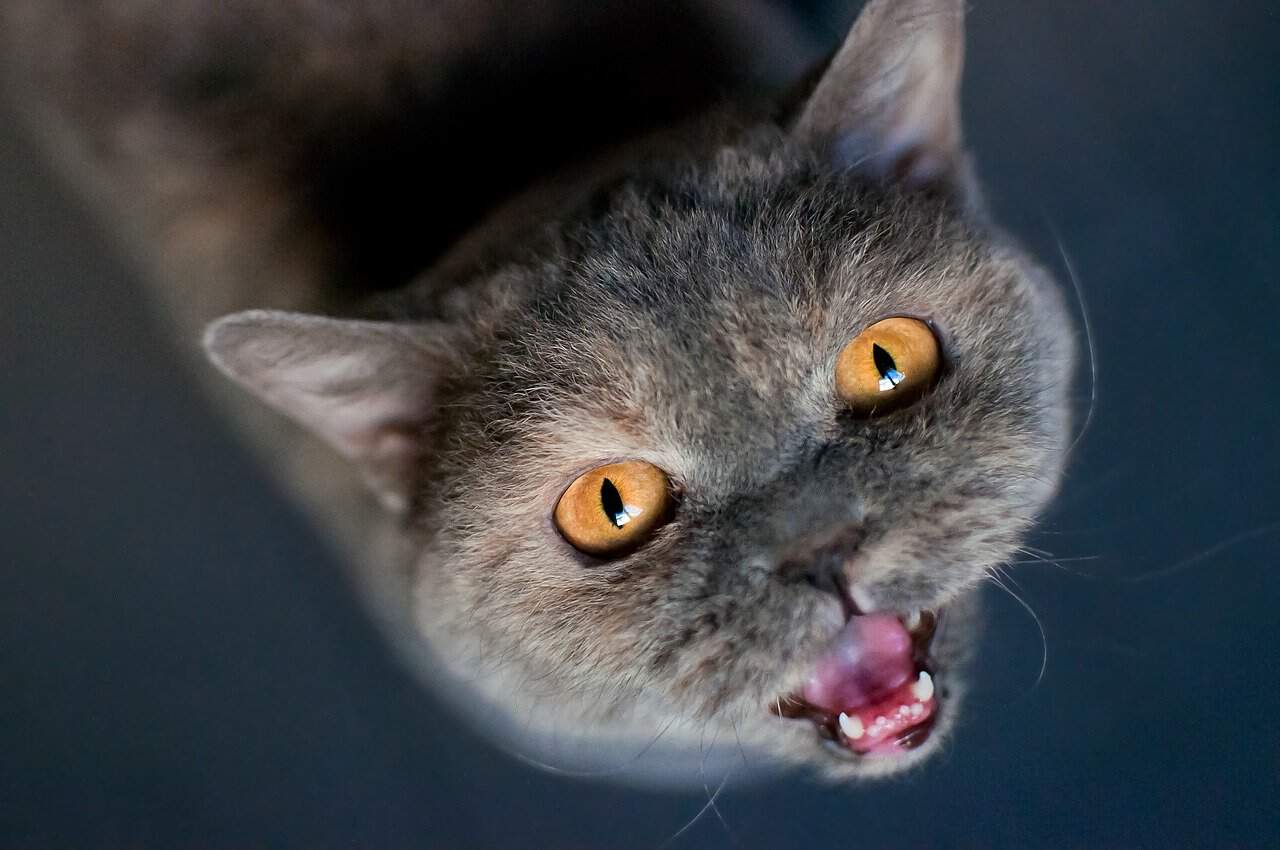As cat owners or simply cat admirers, we often find ourselves curious about the secret lives of these enigmatic creatures. Watching them interact can be entertaining, heartwarming, and sometimes confusing.
Understanding their social signals helps us delve into their world and strengthens our bond with our feline friends. In this post, we will explore the fascinating ways cats say hello to each other and communicate, so we can better understand these beautiful animals.
How do cats say hello to each other?
Cats are incredibly expressive creatures with unique ways of communicating.
Cats tend to meow or purr when greeting one another in a higher-pitched voice than usual.
In addition, they often sniff each other, then rub against each other or touch noses as a sign of recognition and friendliness.
While cats rarely use physical contact as a form of greeting with humans, they will often greet fellow felines in this way.
Cats may also fluff their tail and move their ears around as part of an “I recognize you” greeting ritual. All these behaviors indicate that cats are very aware of the importance of saying hello.
First
It’s essential to recognize that cats are not pack animals like dogs, and their communication methods differ significantly from their canine counterparts.
Felines are solitary hunters with an instinct to mark their territory and create defined boundaries.
They can be social and form close bonds, but communication displays may be more subtle and nuanced than what we see in other animals.
Second
One of the most obvious ways cats greet each other is through body language. For example, a typical “hello” between cats includes slow blinking, often described as the feline version of a human smile.
This gentle eye contact reveals trust between the cats and is a non-threatening way to acknowledge their presence.
Next time you see two cats lying together, watch for slow blinking – it is a lovely signal of content companionship.
Third
Another way cats greet each other is through scent exchange.
Cats have scent glands in various places – at the base of their tail, on the cheeks, and even between their toes.
When they rub against each other, they exchange their scents and mark each other as part of their social group.
You may have seen your cat rubbing its head and cheeks against items in your home.
This behavior helps create a familiar, comforting environment for them, and they do the same with their feline friends.
Fourth
Vocalizations are also a significant part of feline greetings.
Cats are vocal animals, and while most of their meows and chatters are directed toward humans, they do have specific sounds they use to communicate with each other.
For example, a short chirp or high-pitched trill signifies a pleasant greeting among cats.
Watch closely when your cats reunite after some time apart, and you may catch a sweet little conversation between them.
Fifth
Physical contact and proximity also play a role in feline greetings.
When two cats feel comfortable with each other, they may gently touch noses, which allows them to get a close-up sniff and reaffirms their familiarity.
If you have more than one cat at home, you may have seen this behavior during their day-to-day interactions.
And if your feline friend has free access to the outdoors, you will likely observe nose-to-nose greetings with their local outdoor buddies.
Last of all
Playing and grooming are essential components of feline social interactions.
Once the initial hellos are exchanged, cats who share a strong bond will frequently engage in play, chasing, and wrestling with one another.
Playtime helps them establish and maintain their social structure while honing their hunting skills.
Grooming also allows cats who trust each other to strengthen their bond, as they mutually take care of their hard-to-reach spots, promoting cleanliness and relaxation.
Conclusion
Understanding and respecting how our feline friends communicate with each other enriches our experience as cat owners and admirers. Their subtle gestures, scent exchanges, vocalizations, and social interactions, such as playing and grooming, are all part of the fascinating feline language.
By observing and appreciating these behaviors, we can better connect with our cats and create a harmonious living environment for them.
So next time you observe your cats interacting, take a moment to appreciate the unique way they say hello and communicate their affection for one another.
[su_box title=”Affiliate Disclosure”]This website is supported by its readers. Please assume that all links are affiliate links. If you make a purchase from one of the links we will make a commission from Amazon. Thank you.[/su_box]




